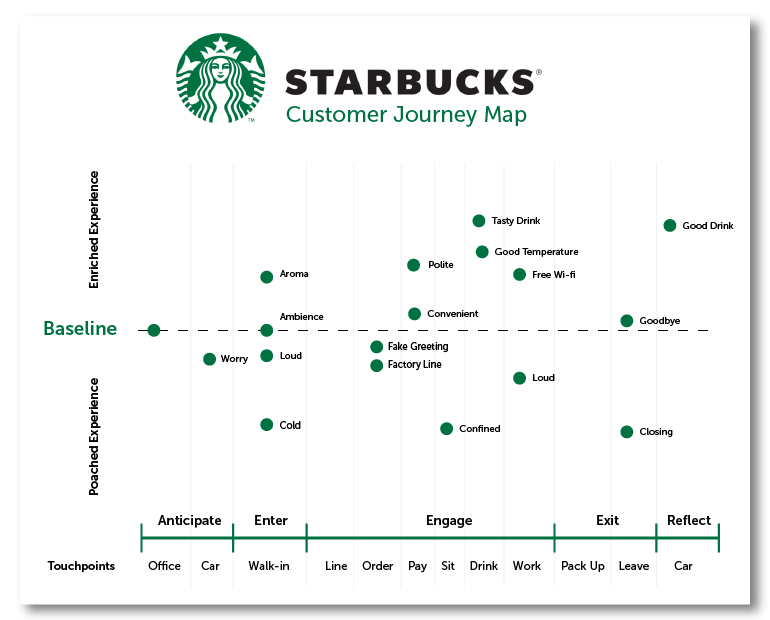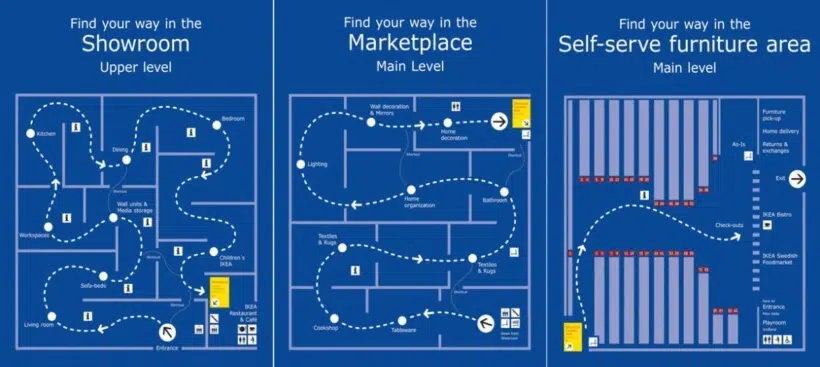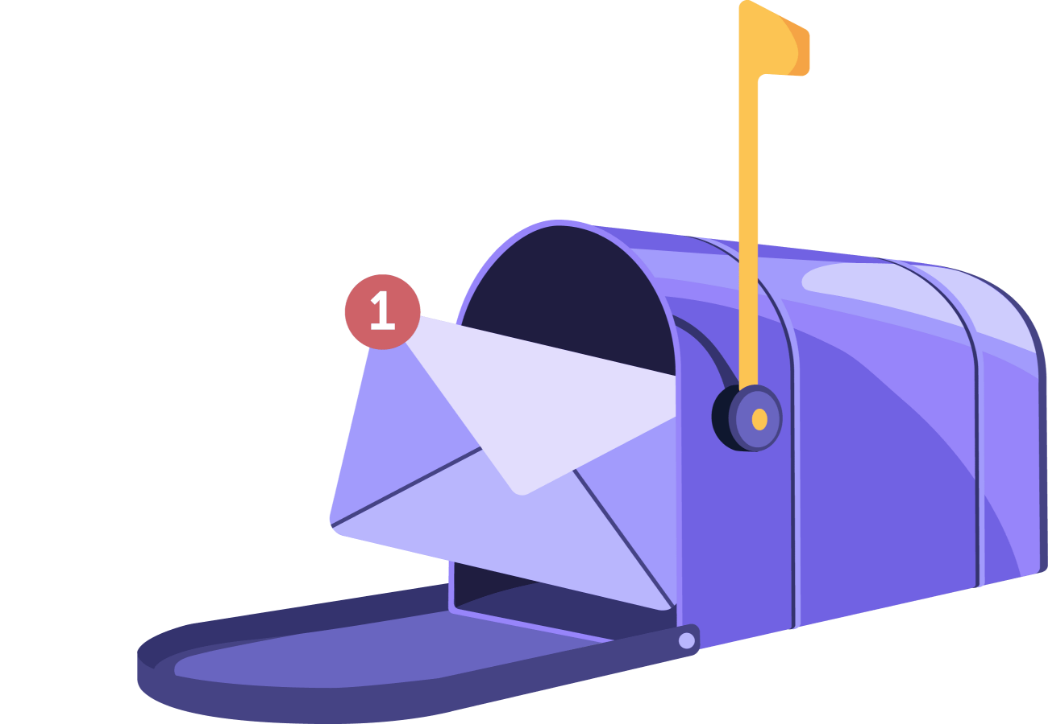- Introduction to Customer Journey Mapping
- Key Components of an Effective Customer Journey Map
- General Best Practices for Customer Journey Mapping
- B2B Best Practices for Customer Journey Mapping
- B2C Best Practices for Customer Journey Mapping
- Real-Life Examples of Successful Customer Journey Mapping for B2B and B2C
Customer journey mapping is a valuable tool for businesses looking to improve customer experience, identify pain points, and enhance engagement at each touchpoint. By visualizing the entire journey, brands can optimize interactions, increase satisfaction, and build stronger relationships.
This article explores best practices for effective journey maps, tailored for both B2B and B2C customer journey mapping. We’ll also provide real-life examples that illustrate how leading companies use journey mapping to drive results.
Introduction to Customer Journey Mapping
What is Customer Journey Mapping?
Customer journey mapping is the process of visualizing the stages customers go through when interacting with a brand, from initial awareness to post-purchase engagement. This map provides a clear view of each touchpoint, highlighting potential friction points and opportunities to improve the overall experience.
Why is Customer Journey Mapping Important?
For both B2B and B2C businesses, mapping the customer journey is essential for understanding customer behaviors and expectations. By identifying areas where customers experience difficulties or disengage, companies can take targeted actions to optimize each stage of the journey.
Key Components of an Effective Customer Journey Map
A comprehensive customer journey map includes the following components:
- Customer Personas: Each journey map should be built around specific customer personas. A user persona represents the key customer segments, providing insights into common goals, motivations, and behaviors, which help tailor the map to reflect realistic experiences.
- Touchpoints: Touchpoints are specific moments where customers interact with the brand, such as website visits, customer service interactions, or social media engagements. Identifying all relevant touchpoints is essential to understanding the entire journey.
- Customer Actions: Documenting customer actions—whether they’re browsing products, reaching out for support, or sharing feedback—reveals the steps customers take and any patterns in their behavior.
Emotions and Customer Pain Points: Understanding customer emotions at each touchpoint helps businesses identify friction points. Mapping emotions can show where customers feel frustrated, excited, or confused, highlighting areas where improvements may be needed. - Opportunities for Engagement: A journey map also shows where proactive engagement can enhance the customer experience, whether by offering support, providing content, or delivering incentives.
General Best Practices for Customer Journey Mapping
General Best Practices
Involve Cross-Functional Teams
Bringing together teams from marketing, sales, and customer service adds multiple perspectives, helping to create a more holistic journey map. Collaboration ensures that each department’s role in the customer journey is represented and optimized.
Leverage Data-Driven Insights
Use customer data, analytics, CRM data, and direct customer feedback to inform your map. Quantitative data reveals behavior patterns, while qualitative feedback provides insights into customer emotions and expectations, creating a data-driven map that reflects real experiences.
Regularly Update the Journey Map
Customer preferences and behaviors change over time, so keep the journey map updated by revisiting it periodically. Updating the map allows businesses to adapt to changes in the market and continuously improve the customer experience.
Focus on Customer Emotions
Capturing the emotional aspect of the journey helps brands understand how customers feel at each touchpoint. For example, mapping emotions can reveal points of frustration during checkout or moments of excitement after a purchase, enabling targeted improvements. Additionally, continuously gathering customer feedback via customer interviews can fuel your insights for better user journey maps.
B2B Best Practices for Customer Journey Mapping
B2B customer journeys tend to be longer and more complex, involving multiple stakeholders and touchpoints. Here are some best practices tailored to the B2B landscape:
Account for Multiple Decision-Makers
B2B purchases often involve several decision-makers, from executives to end-users. Map the journey to reflect the needs and priorities of each stakeholder to ensure that all perspectives are addressed. Consider that there will be multiple customer personas involved in the decisio-making process.
Map Longer Sales Cycles
B2B sales cycles are typically longer, spanning initial contact, multiple consultations, and a decision-making phase. Detail each stage in the journey, including onboarding and ongoing support, to ensure seamless transitions between each step.
Emphasize Relationship-Building Touchpoints
In B2B, building relationships is essential. Include touchpoints like personalized follow-ups, product demos, and regular check-ins, which help foster trust and build long-term connections with clients.
Provide Comprehensive Information
B2B buyers need detailed information to make informed decisions. Make sure your journey map includes access to critical resources such as product specifications, ROI analyses, and case studies to support informed decision-making.
B2C Best Practices for Customer Journey Mapping
B2C journeys are often shorter and more transactional, requiring streamlined interactions and engaging customer touchpoints. Here are best practices tailored to B2C customer journeys:
Simplify the Journey for Quick Decision-Making
B2C customers make purchase decisions quickly, so minimize unnecessary steps in the journey. Streamline the experience to reduce friction and ensure a smooth path to purchase. Consider this during your mapping process.
Optimize Digital Touchpoints
B2C journeys frequently happen online, so it’s essential to optimize key digital interactions, such as website navigation, mobile experience, and checkout. A frictionless online experience can significantly improve conversion rates. Use journey analytics tools like Mouseflow to help you refine your digital marketing strategy.
Use Personalization to Increase Engagement
Personalize content and recommendations based on customer behavior and preferences. Targeted emails, product recommendations, and customized messaging resonate with customers, creating a more engaging experience and increasing customer loyalty.
Incorporate Social Proof
Social proof elements like reviews, testimonials, and user-generated content play a powerful role in B2C. Including these elements on product pages or at critical decision points helps build trust and influences purchase decisions.

CRO suggestion
Social proof for conversion rate optimization is a game-changer for building trust and credibility on your website, influencing user behavior more than you might expect. From testimonials and client logos to user reviews and media features, showcasing social proof strategically—like placing it above the fold or near CTAs—can significantly boost conversions.
Real-Life Examples of Successful Customer Journey Mapping for B2B and B2C
B2B Example: HubSpot’s B2B Customer Journey Mapping
- Overview: HubSpot, a leader in inbound marketing and CRM software, uses customer journey mapping to optimize the experience for B2B clients. By mapping the journey from awareness through onboarding and retention, HubSpot identifies touchpoints where clients need more support or personalized engagement.
- Results: HubSpot’s journey mapping helps refine its onboarding process and improve customer retention by understanding the distinct needs of B2B customers at various stages.

Source: HubSpot Customer Success
B2C Example: Starbucks’ Enhanced Customer Experience (B2C)
- Overview: Starbucks utilizes customer journey mapping to enhance both its in-store and digital experiences. By analyzing the user experience from awareness through loyalty, Starbucks identified key areas for improvement, such as streamlining the mobile ordering process and personalizing rewards for frequent customers.
- Results: The insights gained from journey mapping allowed Starbucks to increase customer satisfaction and loyalty, with features like mobile ordering and personalized rewards boosting engagement and convenience for their customer base.

Source: Starbucks’ Customer Journey Mapping Case Study
IKEA’s Online and Offline Customer Journey Mapping (B2C)
- Overview: IKEA used customer journey mapping to understand customer interactions across both online and in-store experiences. The mapping exercise helped IKEA identify customer pain points in the digital shopping experience and in-store navigation, leading to a more cohesive experience.
- Results: As a result, IKEA implemented changes that improved the flow of both online and in-store journeys, including optimizing its e-commerce platform and making store layouts more intuitive. These improvements contributed to higher customer satisfaction and a more unified brand experience.

Conclusion
Customer journey mapping is a best practice that allows businesses to understand and optimize each stage of the customer experience. For B2B, focusing on multiple decision-makers, relationship-building, and detailed information is key, while B2C success often relies on simplicity, digital optimization, and personalization.
By following these best practices and learning from real-world examples, businesses can improve customer satisfaction, foster loyalty, and drive growth through a well-designed, effective customer journey map.


